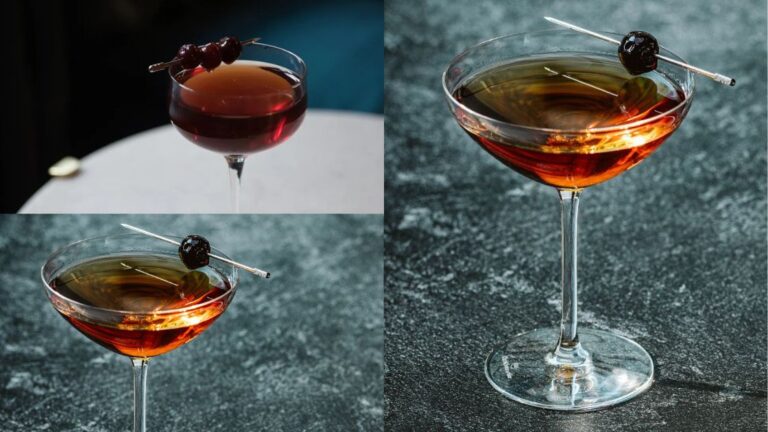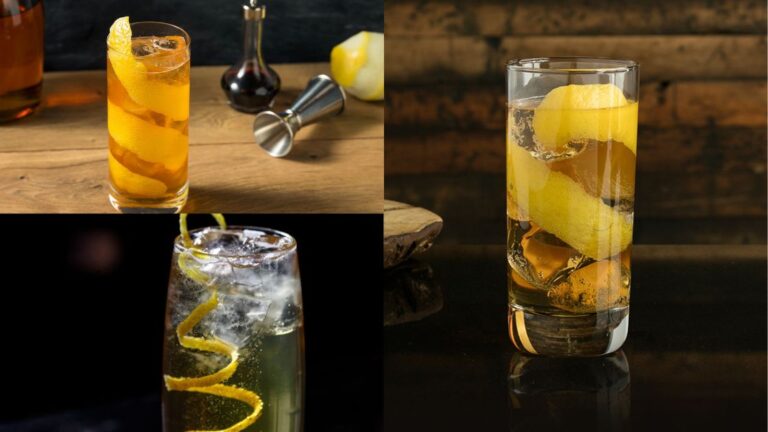In recent years, Japanese whisky has emerged as a formidable contender on the global stage, captivating connoisseurs and casual drinkers alike with its unique character and quality. This article aims to delve into the rich history of Japanese whisky, tracing its origins, evolution, and the factors that have contributed to its current status as a globally recognized and respected spirit.
Once an underdog in a market dominated by established names from Scotland and Ireland, Japanese whisky has undergone a remarkable transformation. From its humble beginnings in the early 20th century, influenced heavily by Scottish distilling techniques, to the creation of distinct styles that resonate with the essence of Japan’s culture and natural environment, the journey of Japanese whisky is a fascinating tale of innovation, persistence, and excellence.
We will explore the pioneering efforts of key figures such as Masataka Taketsuru and Shinjiro Torii, whose vision and dedication laid the foundations for the industry. The post-war expansion, technological innovations, and the cultural integration of whisky into Japanese society played crucial roles in shaping the industry. The golden era of the 1980s and 1990s saw Japanese whisky gaining international acclaim, leading to its current status where Japanese distilleries regularly receive top honors in global competitions.
In addition to celebrating its past achievements, this article will also look at the current challenges and future prospects of Japanese whisky. As the demand for these spirits continues to grow globally, the industry faces issues like supply shortages and the need for regulation changes. Despite these challenges, the future of Japanese whisky looks promising, with its blend of tradition and innovation continuing to enchant whisky enthusiasts around the world.
Origins and Early History
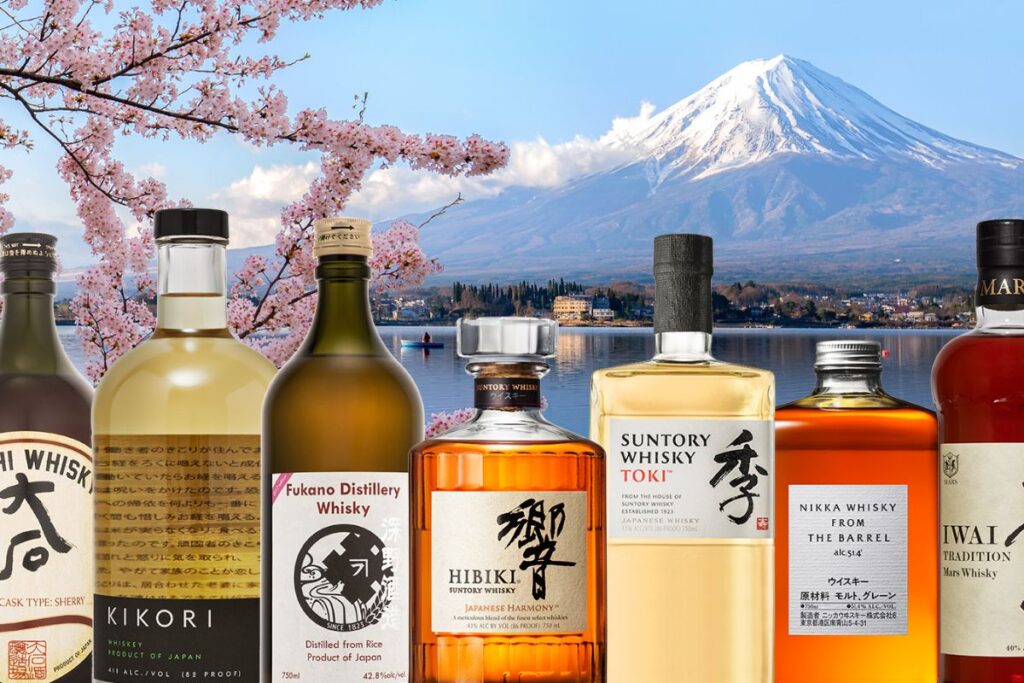
The story of Japanese whisky begins in the late 19th and early 20th centuries, a period marked by Japan’s rapid modernization and openness to Western influences. The origins of whisky-making in Japan can be traced back to this era, when the first experiments in whisky production began, influenced by the Western spirits that were increasingly reaching Japanese shores.
The journey into whisky-making in Japan is largely credited to two key figures: Masataka Taketsuru and Shinjiro Torii. Taketsuru, often hailed as the “father of Japanese whisky,” ventured to Scotland in 1918 to learn the art of whisky making. There, he immersed himself in the techniques and traditions of Scottish whisky production, studying at the University of Glasgow and working at several distilleries. His return to Japan with this newfound knowledge marked a turning point in the history of Japanese whisky.
Shinjiro Torii, the founder of Kotobukiya (later renamed Suntory), was another pivotal figure. With a vision to create a uniquely Japanese whisky, Torii hired Taketsuru. Together, they established Japan’s first whisky distillery, Yamazaki, near Kyoto in 1924. The location was chosen for its excellent water source and climate, both crucial factors in whisky production.
The influence of Scottish whisky-making techniques was evident in the early Japanese productions. Taketsuru’s experience in Scotland guided the process, from the selection of ingredients to the distillation methods. However, it wasn’t just a simple replication of Scottish methods. The Japanese approach began to diverge, adapting to local tastes and ingredients, as well as the unique climatic conditions of Japan. This adaptation was crucial in the development of a whisky style that, while owing its foundational techniques to Scotland, began to express a distinctively Japanese character.
This era set the stage for the evolution of Japanese whisky, laying the groundwork for a unique blend of tradition and innovation. The dedication to quality and meticulous craftsmanship, influenced by the Scottish heritage but adapted to the Japanese context, became the hallmark of Japanese whisky, eventually leading to its recognition and respect on the global stage.
The Founding Fathers of Japanese Whisky
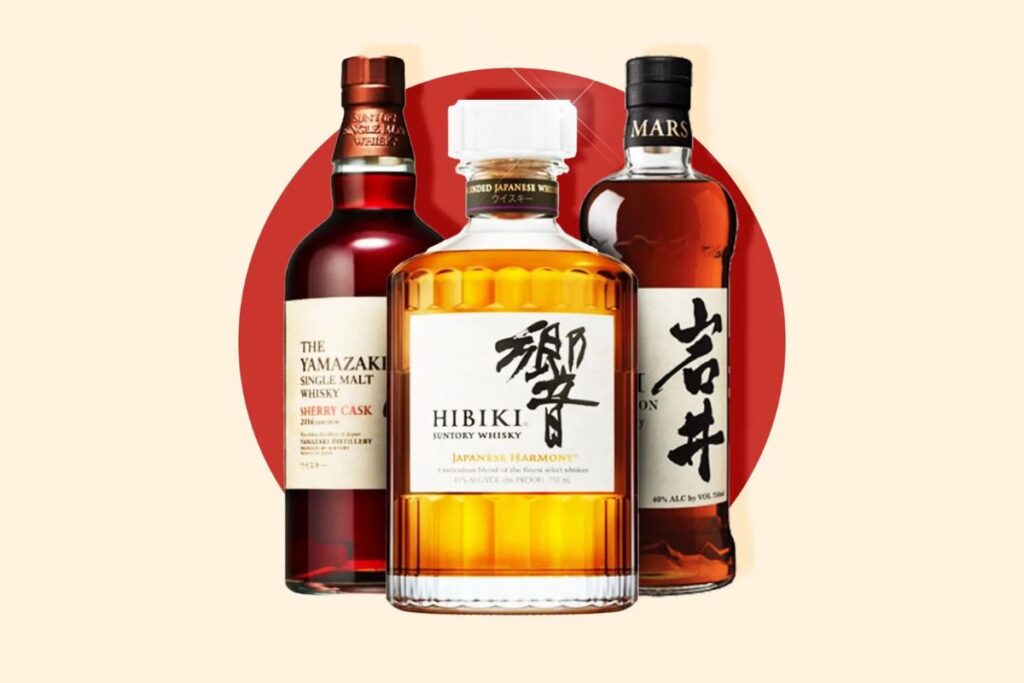
Masataka Taketsuru and Shinjiro Torii stand as the towering figures in the history of Japanese whisky, each playing a pivotal role in its inception and growth.
Masataka Taketsuru – Often referred to as the “father of Japanese whisky,” Taketsuru was born in 1894 into a family involved in sake brewing. He developed a fascination with whisky during Japan’s period of Westernization. This passion led him to Scotland in 1918, where he immersed himself in the art of whisky making. Taketsuru studied organic chemistry in Glasgow and apprenticed at several distilleries, learning the intricacies of whisky production. In 1920, he returned to Japan, bringing with him invaluable knowledge and a Scottish wife, Rita, who would play a significant role in his life and career.
Shinjiro Torii – The founder of Kotobukiya (later Suntory), Torii envisioned creating a whisky that would suit the Japanese palate. In 1923, he established the country’s first whisky distillery, Yamazaki, near Kyoto, choosing the location for its excellent water and climate. Torii’s vision was to blend the Scottish techniques with a uniquely Japanese sensibility.
Yamazaki Distillery – The birthplace of Japanese whisky, Yamazaki was established in 1924. Under Torii and Taketsuru’s guidance, the distillery began producing whisky that combined Scottish methods with Japanese elements. The early products, however, faced a challenge in appealing to the Japanese market, which was accustomed to lighter, sweeter beverages like sake and umeshu.
Yoichi Distillery – Taketsuru left Kotobukiya in the early 1930s, driven by a belief that Hokkaido, the northernmost Japanese island, offered conditions similar to Scotland. In 1934, he established Nikka Whisky and its first distillery, Yoichi, in Hokkaido. Yoichi’s whisky was more robust and peaty, reflecting Taketsuru’s Scottish influence.
Challenges and Adaptation – The early years of Japanese whisky were not without challenges. The initial products were not well-received due to their unfamiliar taste. Both Torii and Taketsuru had to navigate these market preferences. Torii adapted by producing a softer, more accessible blend, while Taketsuru remained committed to traditional methods, slowly cultivating a consumer base that appreciated the robust, complex flavors.
These initial struggles were crucial in shaping the future of Japanese whisky. Both Torii and Taketsuru’s contributions were essential in establishing a foundation that allowed Japanese whisky to evolve into a globally recognized and highly respected spirit. Their legacy is a testament to their vision, resilience, and commitment to quality, setting the stage for a flourishing industry that continues to innovate and impress to this day.
Post-War Expansion and Innovation
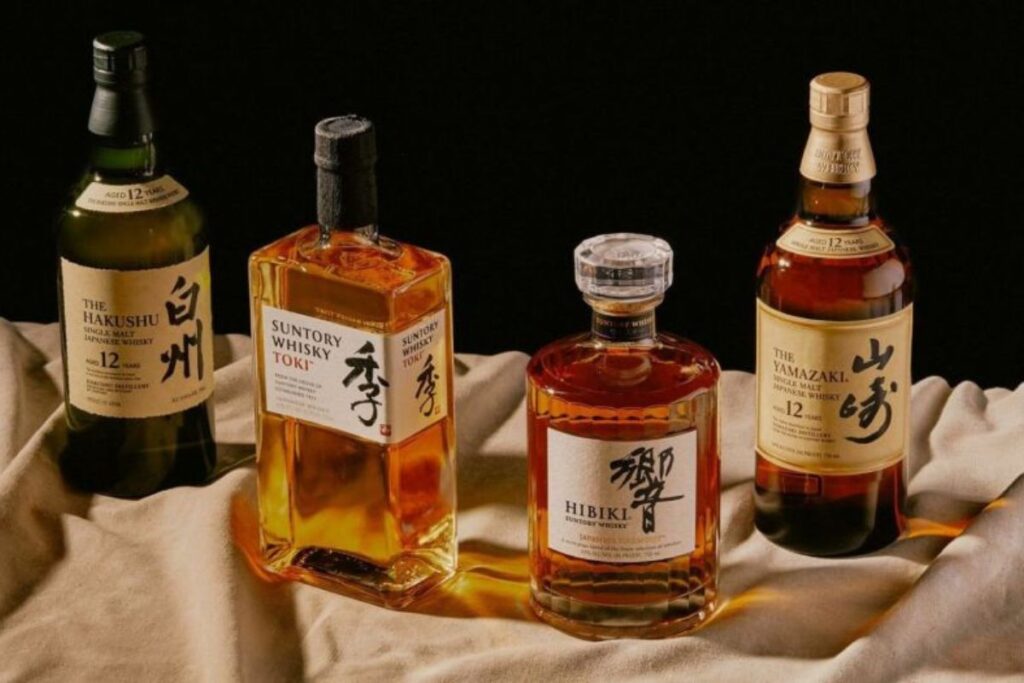
The period following World War II marked a significant phase in the history of Japanese whisky, characterized by recovery, expansion, and a surge of innovation that would eventually cement its reputation on the global stage.
Recovery and Growth Post-World War II
- The immediate post-war years were challenging for the Japanese whisky industry, with resources scarce and the economy in recovery. Despite these hurdles, the whisky industry gradually began to rebuild.
- The 1950s and 1960s saw a resurgence in the popularity of whisky in Japan. This resurgence was partly fueled by the economic boom Japan experienced during these decades, leading to increased domestic consumption.
- Both Suntory and Nikka, the leading players in the industry, expanded their production capacities to meet the growing demand. This period also saw the emergence of new players in the whisky market, further driving competition and innovation.
Introduction of New Distilleries and Brands
- As the demand for whisky grew, both existing and new companies began establishing more distilleries across Japan. These distilleries often chose locations based on the uniqueness of the climate and water source, which contributed to the distinct flavors of their whiskies.
- In 1973, Suntory opened its second distillery, Hakushu, known for its forested, mountainous location, offering a different profile from Yamazaki.
- Nikka expanded with the Miyagikyo Distillery in 1969, contrasting with Yoichi’s coastal environment. This distillery was known for producing a more delicate and fruity whisky.
- These new distilleries allowed for a greater variety of whisky styles, reflecting the diverse geography and climates of Japan.
Innovations in Distillation and Aging Techniques
- Japanese whisky makers began experimenting with different types of barley, yeast strains, and fermentation methods, contributing to a wider range of flavors and aromas.
- The distilleries experimented with various types of stills, including pot and column stills, and even variations within pot stills, to create unique flavor profiles.
- Aging techniques also saw innovation. Japanese distillers experimented with different types of casks, such as Mizunara oak, a native Japanese wood. Mizunara casks imparted a distinctive spicy and incense-like flavor to the whisky, which became highly prized.
- The variable climate of Japan, ranging from the snowy winters of Hokkaido to the humid summers of Honshu, influenced the maturation process, resulting in faster aging of whisky with more complex and developed flavors.
The post-war era of expansion and innovation laid the groundwork for the future success of Japanese whisky. The industry’s commitment to craftsmanship, combined with a willingness to experiment and adapt, led to the development of a wide range of high-quality whiskies that would eventually gain international acclaim. This period established Japanese whisky not just as a domestic favorite, but as a spirit with the potential to rival the best in the world.
Golden Era and International Recognition
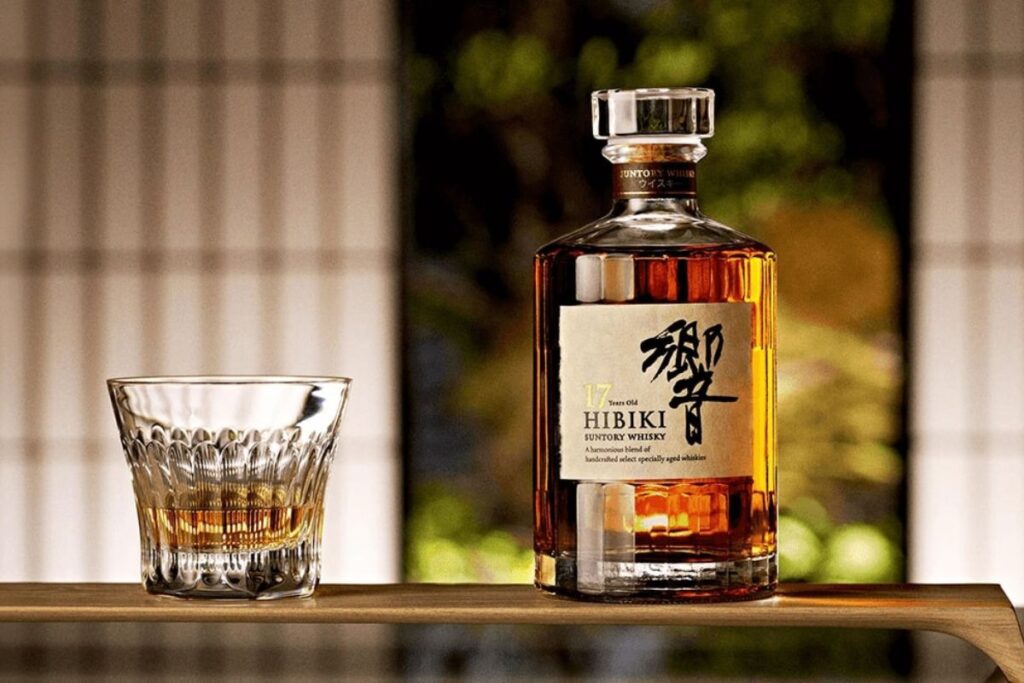
The 1980s and 1990s marked the golden era of Japanese whisky, a period of unprecedented growth and global recognition that firmly established Japan as a major player in the world of whisky.
Boom of the Japanese Whisky Market
- The 1980s witnessed a significant boom in the Japanese whisky market. This was driven by the country’s strong economic performance, which increased disposable income and a growing interest in luxury products, including whisky.
- During this time, Japanese consumers developed a more refined taste for whisky, favoring premium and aged varieties. This shift in consumer preference led to an increased focus on quality and variety in production.
- Whisky bars and specialized whisky-serving establishments became popular in Japan, creating a culture of appreciation and knowledge around whisky.
Achievements and Awards on the International Stage
- The 1990s and early 2000s saw Japanese whisky gaining international acclaim. Distilleries like Suntory and Nikka began to win major awards at international whisky competitions, challenging the dominance of Scottish and Irish whiskies.
- A landmark moment came when Suntory’s Yamazaki 12-Year-Old won a gold medal at the International Spirits Challenge in 2003. This award was a turning point, signaling to the world that Japanese whisky was a high-quality product worthy of attention.
- Subsequent years saw Japanese whiskies consistently winning top honors at international competitions, with accolades for both their single malts and blended whiskies.
Role of Japanese Culture in Whisky Production and Consumption
- The principles of Japanese craftsmanship, known as “monozukuri,” played a vital role in the production process. This approach emphasizes precision, attention to detail, and a relentless pursuit of perfection, which were evident in the whisky-making process.
- The influence of Japanese culture was also seen in the nuances of flavor and presentation. Japanese whisky often incorporated subtle flavors and a balance that reflected the traditional culinary aesthetics of Japan.
- The cultural emphasis on seasonal awareness influenced the whisky production process, with distillers paying close attention to the impact of Japan’s distinct seasons on the aging process.
- The concept of “wa,” meaning harmony, was central to the Japanese approach to whisky blending, where the goal was to create a harmonious balance of flavors.
The golden era of Japanese whisky not only saw the domestic market flourish but also paved the way for international recognition. The fusion of traditional Scottish techniques with the meticulous craftsmanship and unique cultural sensibilities of Japan resulted in a product that was both distinctively Japanese and universally appealing. This period was instrumental in establishing Japanese whisky as a luxury spirit on par with the world’s best.
Modern Day and Global Influence
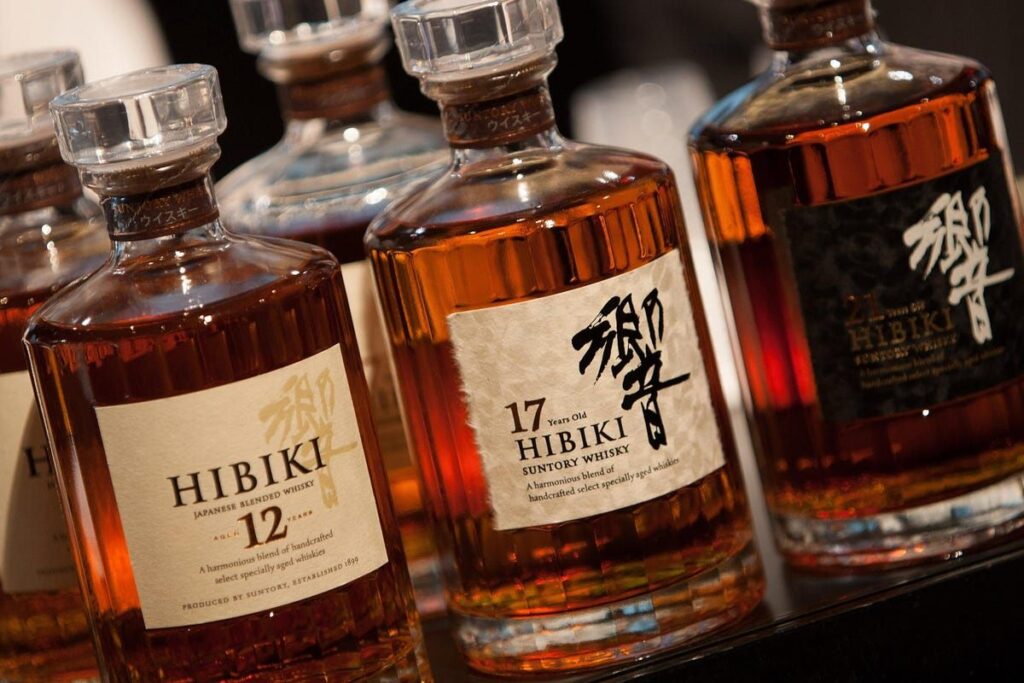
The contemporary landscape of the Japanese whisky industry is marked by both its established reputation as a producer of premium spirits and its growing influence on global whisky trends.
Current State of the Japanese Whisky Industry
- Today, the Japanese whisky industry is characterized by a blend of tradition and modernity. While the legacy of pioneers like Taketsuru and Torii continues, new players have entered the field, bringing fresh perspectives and innovations.
- The demand for Japanese whisky has soared globally, leading to challenges in meeting the market’s needs. This high demand has occasionally resulted in shortages of aged stock, prompting some distilleries to temporarily discontinue certain aged expressions.
- To address these challenges, distilleries are expanding their production capacities and exploring ways to manage aging stock more effectively. There’s also a trend towards non-age-statement whiskies, which allow for more flexibility in blending and maintaining supply.
Japanese Whisky’s Influence on Global Production and Trends
- The success of Japanese whisky has had a significant impact on global whisky production and consumption trends. Its emphasis on craftsmanship and quality has set new standards in the industry.
- Japanese distilleries’ innovative approaches to fermentation, distillation, and aging have influenced producers worldwide. Techniques like the use of Mizunara oak and unique blending practices have garnered interest from international distillers.
- The global whisky market has seen a growing appreciation for diverse styles and flavors, partly influenced by the unique profiles of Japanese whiskies.
Notable Modern Distilleries and Brands
- Suntory remains a key player, with its Yamazaki and Hakushu distilleries continuing to produce award-winning whiskies. Its Hibiki range is renowned for its blended whiskies.
- Nikka, with its Yoichi and Miyagikyo distilleries, continues to be a major force, known for both single malts and blends like Nikka From the Barrel.
- Newer entrants to the market include Chichibu Distillery, established in 2008 by Ichiro Akuto. Chichibu has quickly gained a reputation for innovative and high-quality whiskies, despite its relative youth.
- Other notable names include Mars Shinshu from Hombo Shuzo, located in the Japanese Alps, and Kurayoshi from Matsui Shuzo, known for their unique expressions and contributions to the diversity of Japanese whisky.
The modern era of Japanese whisky is one of dynamic growth and global influence. The industry not only upholds its traditions and commitment to quality but also embraces innovation and experimentation. As Japanese whisky continues to enchant drinkers worldwide, its impact on the global spirits market is a testament to its enduring appeal and the skill of its makers.
Challenges and the Future
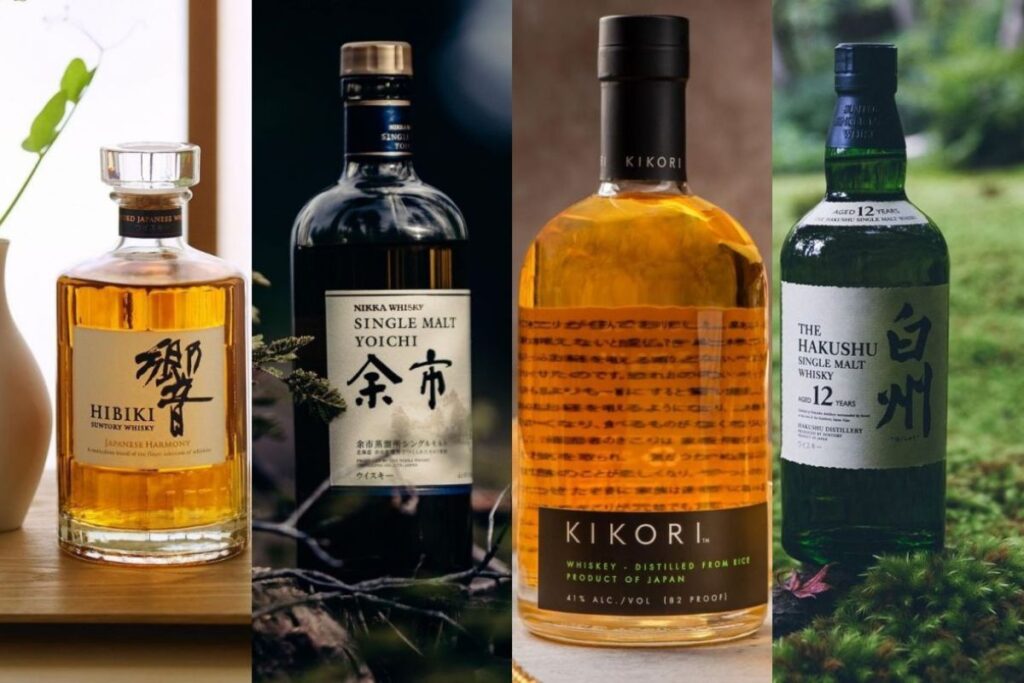
The Japanese whisky industry, while enjoying global acclaim, faces several challenges that could shape its future. Addressing these challenges effectively is crucial for the industry’s sustainable growth and continued success.
Current Challenges Facing the Japanese Whisky Industry
- Supply Shortages: The unexpected global surge in demand for Japanese whisky in recent years has led to shortages, particularly of aged stock. Many distilleries were not prepared for this level of demand, leading to a scarcity of older whiskies and the discontinuation of some popular age-statement products.
- Regulatory Changes: In response to the rise in popularity, the Japanese whisky industry has seen a need for clearer regulations to maintain the integrity and authenticity of the product. Historically, Japan lacked strict regulations regarding what can be labeled as “Japanese whisky,” leading to confusion and potential misleading of consumers. New regulations aim to define production methods and ingredients more precisely.
- Market Adaptation: As consumer preferences evolve globally, Japanese whisky producers need to continuously adapt. This includes balancing the tradition and uniqueness of Japanese whisky with innovations that appeal to a diverse international audience.
Future Outlook and Potential Trends
- Expansion and Diversification of Production: Many distilleries are expanding their production capacities and experimenting with new techniques to manage aging stocks. This expansion is likely to include more non-age-statement whiskies, which offer flexibility and innovation in blending.
- Focus on Sustainability: There’s a growing trend towards sustainable practices in the spirits industry worldwide. Japanese distilleries may focus more on sustainability in production processes, from sourcing ingredients to packaging.
- Increased Global Market Presence: Japanese whisky is expected to continue its growth in the global market. This includes not only increased exports but also a more significant presence in international collaborations and whisky events.
- Innovation in Flavors and Techniques: The industry will likely continue to see innovation in distillation and aging processes, as well as the exploration of new flavors. This could include further experimentation with indigenous ingredients and unique cask finishes.
- Emergence of Craft Distilleries: The success of Japanese whisky has inspired a new wave of craft distilleries in Japan. These smaller, artisanal producers could contribute significantly to the diversity and innovation in the industry.
The future of Japanese whisky, while facing certain challenges, appears vibrant and promising. The industry’s commitment to quality, combined with a willingness to innovate and adapt, positions it well to continue its legacy of excellence and maintain its esteemed place in the world of fine spirits.
Conclusion
In this exploration of the history and evolution of Japanese whisky, we have journeyed from its early beginnings to its current status as a globally recognized and revered spirit. The key points covered in the article highlight the remarkable trajectory of this distinctive spirit.
- Origins and Early History: We traced the origins of whisky-making in Japan, emphasizing the significant contributions of pioneers like Masataka Taketsuru and Shinjiro Torii. Their dedication laid the foundation for the unique blend of Scottish techniques and Japanese craftsmanship.
- Post-War Expansion and Innovation: The post-World War II era marked a phase of recovery and innovation, with the introduction of new distilleries and brands. Japanese whisky makers embraced innovative distillation and aging techniques, setting themselves apart in the whisky world.
- Golden Era and International Recognition: The 1980s and 1990s witnessed a boom in the Japanese whisky market, leading to significant achievements and awards on the international stage. This period underscored the impact of Japanese culture on whisky production and consumption.
- Modern Day and Global Influence: Today, the Japanese whisky industry is characterized by a blend of tradition and modernity, influencing global whisky production trends. Despite challenges like supply shortages and regulatory changes, the industry continues to grow and innovate.
- Challenges and the Future: We discussed the current challenges facing the industry and its future outlook. The industry’s adaptability, focus on sustainability, and commitment to innovation bode well for its continued success and influence.
Japanese whisky holds a unique place in the world of spirits, a testament to the skill, dedication, and artistry of its makers. Its journey from a fledgling industry to a globally acclaimed spirit mirrors Japan’s broader narrative of innovation and excellence. Japanese whisky not only honors its Scottish heritage but also beautifully encapsulates the essence of Japanese craftsmanship, creating a product that is both distinctively Japanese and universally admired. As it continues to evolve and thrive, Japanese whisky will undoubtedly remain an integral and cherished part of the global spirits landscape.



